Ammand
Ammand is the capital of the Kingdom of Ader and the Kadian Dominion. It is the second most holy site of the Andorian Church after Arisfurgz. The city is located on the western bank of Lake Kadia and serves as a major control point of the Kadian Highway.
Muncipality
Muncipal Areas
The Outskirts
Portside
The Southern Sprawl
The Suburbs
The Upper City
Westside
The Workshop District
Portside
The Southern Sprawl
The Suburbs
The Upper City
Westside
The Workshop District
Terra Externa
The AlienageNorthvile
Demographics
The population of Old Ammand is predominately human (approximately 79%), with smaller numbers of halflings (9%), Half Elves (5%), dwarves (3%), gnomes (3%), elves (1%). Despite its human lineage, being the 5th largest humanoid city on the continent, Ammand denizens come from all walks of life and all levels of income.
Government
Ammand is governed in a centralized structure of power. The Sovereign of Ader hold almost absolute power and oversight over the city, with cultural and religion duties left in the hands of the city's Cardinal. The two often delegate the many duties of governing the huge metropolis to trusted Regals. These regals then choose one from amongst themselves to be appointed as the Lord of Ammand, who represents their voices in the Candelabrum. While it is theoretically possible for any regal to be appointed as the lord, it is customarily given to the regal of the upper city.
Defences
Ammand is one of the most well defended cities on the continent. Layers of walls combined with dense streets and even narrower alleyway make invasion into the city seemingly impossible. The city's defences are so robust, and its location so strategically advantageous it managed to withstand the most turbulent times recorded since it was founded, including the Days of Reckoning, the Great Kadian Split and more. Ammand has never been taken in a fight or by force.
Ammand Keep
located within the heart of the old city Ammand Keep is the largest, single building keep in the entire area of lake kadia. It is one of the city's most iconic structures. The keep is home to the Order of the White Rose and its elite justiciars, as well as serving as the high comand and reqruitment center for the Aderian Military.
Ammand's Arcane Academy
Ammand Arcane Academy, formerly used as a school of magic by the Conclave of Magi during the uneasy calm between the The 2nd Vintian Crusades and The Great Panic . After the War of the Cleric in the early 12th century the compound was confiscated by the The Inquisition, who turned most of it inert, dismantling and destroying the parts that couldn't be unenchanted. The tower now serves as the Inquisition's bureaucratic hub.
The Inquisition Hall
After construction of the White Palace was completed in 1412, the old Palace of Ammand was turned into a command centre of the Inquisition who up until that point operated from Ammand Keep. Beside serving as residence and office of the Inquisition's higher ups, the Hall also used by other organizations operating under the united Kadian Dominion and the Andorian Alliance.
The Andorian Cathedral
Built into a chuck of solid bedrock, the Andorian Cathedral is the tallest structure in the city. While not serving any offensive purposes, the cathedral is often used as a lookout tower in times of war or siege. It's location deep within the old city walls also makes it hard to target using siege weapons, a fact that served the city well numerous times during the Days of Reckoning.
Industry & Trade
Ammand is considered to be one of the largest industrial hubs around Lake Kadia. while it does not have the geographical properties to become a central trade hub like Navara or Port Valor, the city large ports and calm waters ensures quick export of goods.
Ammand is the largest producer of smoked ham on the continent, with its pig industry byproducts alone allowing it to also develop the largest tanning industry in northern half of the continent.
Besides leathers and smoked meats, Ammand also cultivated a distinctive wine culture, and several wineries in the city hold prestigious rewards. Despite the northern success, ammand's wines have yet to find appeal in southern markets, who prefer less 'cold and irony' taste.Ammand's fishing industry is also considered successful, but most of its produce is being consumed locally. Very little being exported out of the city, and the little that does is under heavy regulation. The endemic bluefin trout is an excellent source of food and fish oil, but its population requires careful harvest cycles to prevent steep declines. A sizeable part of Ammand's fishing industry revolves around the yearly Blue Harvest, the only times when the prized fish is permitted to be caught.
Infrastructure
Due to it's marshy grounds, very little can be built underground without outright sinking or destabilizing existing construction. Most of the city's properly solid ground is in and around Old Ammand. Using a the natural spring under the city's highest point, Ammand's Keep, the city's architects often utilize the natural incline towards the lake and the forest to allow waste to wash away through shallow, 20-30 cm deep canals dug and grated along the roads.
While efficient in moving most of the organic waste, the limited flow of the canals can often struggle to handle the number of denizens, requiring regular trash removal. This is an expensive part of the city maintenance, even with those hired to perform it among the lowest payed workers in the city.
Another struggle of Ammand is road maintenance. The muddy soil shifts and moves over the years, causing the city's paved roads to crack or become rugged, thus requiring regular repairs in order to stay in working fashion. In the more well developed neighborhoods and main roads, special care is taken and regular checks are performed to ensure stability and safety. Due to the high cost of masonry, this does not translate to most other parts of the city, causing Ammand to be known for its crooked pavements and shoddy roads.
Districts
Muncipal Areas
Ammand is divided into 8 distinct jurisdictions, each referred to as 'Regalia', and governed by a single appointed official referred to as a 'Regal'. Five of the city's 15 districts are controlled by individual regals, with the other eight districts split between the two remaining regals.
Regalia of the Upper City
The Upper City, commonly named Uptown, is a relatively new part of the city. Initially Built to house the new nobility of Ammand, the upper city has grew over the years and now contains most of the rich, famous or important denizens of the city, regardless of their noble status.Regalia of Old Ammand
The Lower City, known also as Old Ammand, is the oldest part of the city, dated back to the 1st century to the time of Agustin Andor and the Great Conquest of Ader . The old city contains the old Palace of Ammand, the Andorian Cathedral and Ammand Keep, after which the city is named.Regalia of the Commons
Ammand's Commons are the most densely populated part of the city, with half of the entire city's population living inside its walls. The Commons also contain most of the city's artisan and manufacturing businesses, who cater to all kinds of patrons and customers from within and outside the city.Regalia of Northport
Northport is Ammand's newest port. Constructed in the late 14th century to allow for greater ease of trade and transport between the Commons and Lake Kadia, Northport is considered to be the largest port around the lake, and the busiest after the Royal Port of Navara.Regalia of Portside
Both Portside and the Canals compete for the dubious title of being Ammand's poorest Neighborhood, with first slightly worse than the later. The combined regalia began its life as a refugee camp during the Great Kadian Split in the 13th century and slowly turned into a semi-official part of the city. The Regalia of Portside is mostly self governed and rarely patrolled by the city security forces or the Inquisition. The common saying "Anything goes in the Portside" is a reference to both the legal and the illicit services can be found within.Regalia of the Sprawls
While often overlooked or even belittled by the 'inner folks', Ammand's Noble Sprawl, Northern Sprawl and Southern Sprawl are instrumental to the city's daily operations. Containing most of the city's unskilled or developing workforce, the sprawls shape both Ammand's future and its character. Being a central melting pot of the Kadian Dominion, each of the sprawls sports unique services, architecture styles, smells and even social norm.Regalia of Industries
The least populated, yet equally important Regalia of Industries oversees Westside, the Workshop District and the Outskirts in an attempt to unify governing and standardization of the city's production centers. The regalia also serves as a unique corporate court, second to that of the city, to resolve small business disputes either through compromise or mediation. While each of the regalia's areas operate by themselves, adhering to the laws and norms of those loyal to it is often necessary when operating within.Regalia of Suburbia
Ammand's Suburbs the city's latest and most ambitious attempt at expanding into the marshy ground around the city. The area consists mostly of single or double family houses, and very few businesses. Most of the suburbs denizens either work in the nearby skunks or inside the city, but either incapable of affording closer housings or wishing to lead a more quiet personal lives. To outsiders the area may seem bland in comparison to the city's other, much more lively area, but those who live there often happily remark on their the slower, quiet way of life.Other Areas
Outside of the regular regalias, exists two other districts that fall under the special governing status of Terra Externa. While officially under the oversight of the Sovereign of Ader the two districts operate in almost complete autonomy, to the point of not paying the city any residential taxes and not being required to declare earnings for income tax.
The Alienage
Rivaling the Southern Sprawl in population, but consisting mostly of wooden low-rise structures, the Alienage is a mostly undocumented, rarely patrolled part of Ammand. The area is home to half orc, tieflings and other species who often face speciesism of the inner-folks on a daily basis. A common saying in the streets of the Alienage is 'a happy death is one far away,' hinting at the crime, prostitution and drug use that is commonplace in the area. The Alienage's inhabitants are quickly brought to reflect that atmosphere, or manage to escape before the street manage to swallow them whole.Aperviel
The officially named Northvile befits its local nicknamed "Aperviel", an Aderic slang meaning 'Above (the) People'. The district contains Ammand's biggest, most luxurious estates, built on top of the few good solid spots left in the city's vicinity. Belonging to nobles, tycoons and famous individuals from around the Kadian Dominion, the district exists mostly to allow the wealthy to meet and great away from the prying eyes of the pedestrian public.Guilds and Factions
Some of Ammand's organizations, orders and guilds are as ancient as the city itself. The oldest organization operating in the city is the Order of the White Rose following by the Aderian Survey Corps. Both originated in the city and the later even became embedded into the Kingdom of Ader itself.
Control of the city operations and direction is held in constant struggle between members of the Candelabrum, The Inquisition, the bauxigts, the regals and even privately held companies such as the Lionshield Metalworking Guild and various industry tycoons. This constant struggle for power is supposedly carefully managed by the iron fist of house House Andoriani, who has ruled over the city since the 13th century, when it was handed over to Kairoz the Andorian during the War of the Cleric.
History
Founding (100 BC - 50 AC)
The earliest human settlement of Ammand can be traced back to around 100 BC. These humans however quickly abandoned the area due to the hostile environment and repeated conflicts with nearby elven tribes. The city was only formed again with the construction of Ammand Keep, during the Conquest of Ader sometime between 15 AC and 22 AC and by 23 AC it was declared by Agustin Andor, Envoy of Rhaan as the capital of his newly found kingdom. The keep finished construction in 27 AC, with the city officially becoming the capital city of Ader in 50 AC following the end of the Elders War and the establishment of the Treaty of Four. The keep continued to expand along with the city until 210 AC, and remains the largest military structure around Lake Kadia to this day.First Empire of Ader (50 AC - 375 AC)
After the founding of the First Empire of Ader, Ammand quickly expanded and by the year 75 the city's population crossed the 10,000 threshold. The city's rapid expansion and constant clashing with the local elven tribes eventually necessitated the construction of additional walls, forming the area of Old Ammand, which still remains almost identical in its layout to how it looked in the past.With the founding of the empire, the Andorian Cathedral also began construction. Official records show it was completed in the year 50, parallel to the coronation of Agustin and the creation of the Andorian Church. This dating would mean the cathedral was constructed in less than 5 years, an almost impossible feat at the time, and even today, given its size and height.
Most historians outside of the Andorian Alliance estimate the contruction of the cathedral to take a better part of a century, even with magical means. The true dates are unknown and the cathedral remains the epicenter to many academic and theological debates.
Agustin disappears without notice in 190, leaving his lineage to rule instead. This greatly affects the power structure in Ammand as the city continues to expand. Agustin's son and the new emperor, Julianos Andor, eventually stop managing the city altogether and creates the Duchy of Ammand to art as a bridge between the crown and the denizens.
The War of Succession (375 AC - 500 AC)
Agustin's lineage comes to a sudden end in 375 with the assassination of emperor Uriel Andor and his two sons. The assasination throws the entirety of Lake Kadia and the Empire of Ader into a bloody War of Succession lasting more than a century. Ammand was at the heart of the conflict, with every side attempting to secure it, the keep and the throne, for theselves. These fierce threats proved futile against the city's walls, the large keep and the hostile terrain. The real danger was within the walls, where nobles were scheming and plotting against each other in endless struggle to control certain districts and neighborhoods. Fighting often broke out into the street causing the death of many innocents. The pedestrian population itself, hoping to protect themselves, began arranging into small militia groups only to cause more conflict and even clashes between entire tiers of Ammand's society.Shrieking Death (404 AC - 414 AC)
During the early 5th century, Ammand was near the epicenter of the Shrieking Death. Being constantly under siege, the city limited access during those years proved beneficial, somewhat limiting its damage. Ammand managed to survive the plague with almost two thirds of its population still alive. The death toll, tens of thousands, was small when compared to other settlements, cities and semi-states around the lake, most of whom were nearly wiped of the earth if not completely eradicated. When compared directly with Saltis, Krath and Navara, Ammand has managed to preserve both a larger workforce and a much more educated population following the plague.The First Salemizia (415 AC - 500 AC)
Blame for the Shrieking Death around Lake Kadia was mostly directed towards magic users, and the case was even more extreme in Ammand. The Inquisition, under the orders of the Andorian Church was tasked with securing the entirety of Lake Kadia from all warrring sides of the War of Succession.
Persecution quickly become commonplace in the city. Entire bloodlines known to carry magic, once having positions of power in the city are now forced to flee, or risk imprisonment, interrogation and execution. The city is the biggest contributor to the forming of the The Wizards' Trail out of all the population centers around Lake Kadia. Overall, it is estimated 15,000 went into exile and more than 5,000 were executed.
Return of Agustin (500 AC - 620 AC)
In the year 500 Agustin Andor returns to the city, providing no explanation to his disappearance. He quickly regains control over the remains of his empire, uniting it once more under Ammand. He later offers the exiled families of Ammand, who have meanwhile formed the city of Vintia, to join the empire as vassals as long as they return the mages they harbor to fair trial.
The Vintians promptly refuse under the protection of their self-proclaimed queen Mesmodera and her allied in Darseras. Tensions between the two cities continue to rise until 561 when Agustin and the Church declares the First Vintian Crusade as result of increased worship of the Raven Queen in the area. The heretical worship, known as the Fifth Dogma, originates with necromancers of the what is now the Vintian Imperium, rapidly makes its way from the south onto settlements of the lake.
Agustin brought two holy artifacts to the city. The first, Crown of Light, was a relic created during his coronation in the year 50 AC. The socond, Rha'darin, was a giant sword supposedly capable of slicing through stone walls.
Regardless of legendary capabilities, the intense magic of the artifacts permenantly manipulated the weave around Ammand, preventing the area almost completely from manifesting any effects or side-effects of necromancy spells. The exact power and special abilities of each of the artifacts, or if they were merely used to channel the demigod's powers, is unknown. Both artifacts are presumed lost or destroyed sine the culmination of the Crusades and the destruction of the City of Darseras.
The Days of Reckoning (620 AC - 900 AC)
The catastrophic results of the Battle of the Second Sun and the destruction of the darsal planes did not pass on Ammand, although the city fared better than other population centers around the lake. The muddy ground under the city managed to absorb most of the shocks, leading to mostly superficial damage. While physically the city was relatively intact, its society was in shambles. With their God Emperor missing along with most of the empire's leadership, the city to spiraled into chaos that lasted for the next 3 centuries. During the Days of Reckoning Ammand was besieged almost constantly by nearby warlords. While they had no intentions of actually capturing the city, ransoming it from its denizens, who were mostly educated or professionals, proved lucrative. For those holding the power in the city, these arrangements were also beneficial, and would often "invite" the besiegers by intentionally limiting the city's defenses, then running away with shares of the loot after the seige.Order of The White Rose
Leadership of the city would change hands once more in 708, after a militant group takes over the city from within. Formed from displaced peasants, former soldiers, guild members and anyone else who could bear arms, the Order of the White Rose tore through the city, massacring entire families of anyone remotely connected to severe criminal actions or any external threats. Their brutality and blind justice proved so efficient that after a few weeks they managed to gain control over the entire city, installing a martial law rule that would last for almost another 2 centuries.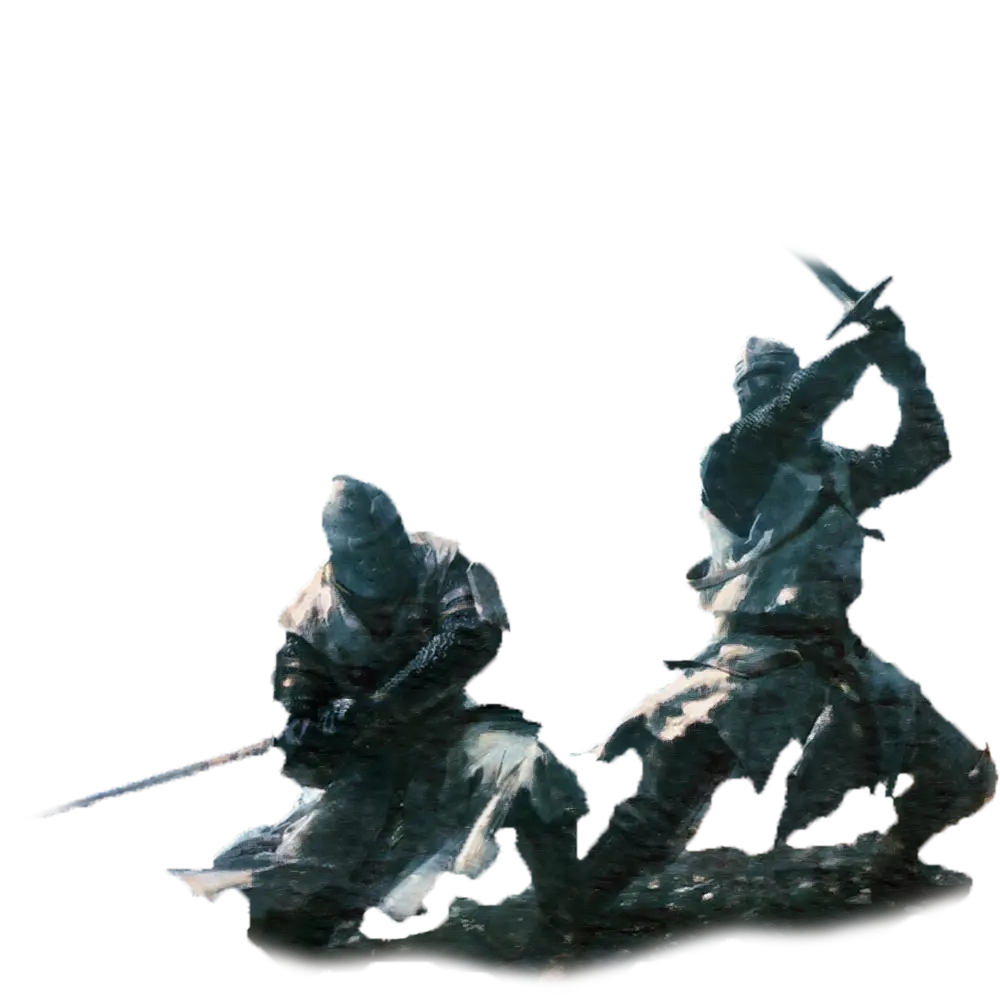
"Bishop Knights" (Edited) by Lulu Zhang
War of The Bishops
The Order managed to maintain law in the city even after the Twin Assassinations in 750. The event sent the Andorian Church into war with itself and the Vintian Imperium into a brutal civil war of its own. The order managed to remain neutral during the war, despite the bishops constant attempts at securing the city for themselves, either through assassinations, organized coups or simply attempting to sway the local population. With the Order's protection, Ammand was practically left outside of the hearth conflict, which nearly reduced Saltis and Osternfel into ruins. This was even more astonishing given that the leaders of nearly all of the warring factions were residing within the city walls at the time. Attempts at breaking this neutrality were common when the war began, but were quickly responded by bruth force and ruthless violence against anyone who attempted to use the city to advence their needs in the war. This violence was not limited to the conspirators themselves, or even to their relatives. Anyone in contact with the conspirator was at risk of harm. The Order employed a near scorched eath tactic at purging the war from the streets. While brutal, the tactic proved succesfull. At first, assults in broad daylight gave way to covert assasinations at night, but as this crackdown continued even scheming within the city walls was considered a suicidal task. Near the end of the war, Ammand was considered by many as Terra Pacetora, due to the Order's unwavarying and deadly response to violence or other factions encitment.The Second Salemizia
In 862, with the reunification of the church, the city of Ammand becomes the staging grounds for the Second Vintian Crusade under a united leadership also containing the Inquisition and the Order of the White Rose. Ammand's early, and still very rudimentry meat and leather industries proved to be instrumental in forming the initial supply chains for the planned crusade. While the first crusade was mostly unorganized, with Agustin leading the bulk of the front, the second is considered to be the first organized invasion of a humanoid nation with a professionaly trained army. Managed mostly from the city itself, with long supply lines and winding front lines, the Second Vintian Crusade established Ammand as the strategic center of Lake Kadia under leadership of the church, the protection of the Order of the White Rose and the Inquisition slowly tying together the still warring factions.Sandor Amarell (900 AC - 922 AC)
In the late 8 century, backed by allies in House Carré and House Farrell, Sandor Amarell contacts the leaders of the Order of White Rose to arrange a coup in the city and unify the entire Kingdom of Ader and some parts of Navara together once more. A feat both the curch and the Inquisition attempted to perform and so far failed. The order helped Amarell seize power of the city, and most of the church's leaders at the time where either imprisoned or banished to Osternfel. With the Great Wall of Vintia completed and many of the crusaders returning home only to find unemployment, banditry on the Kadian Highway became problematic. Trade became reliant on ships but those too were at risk of piracy. Amarell opened the gates to any and all who could prove they fought in the crusades, pardoning any crimes since the day of their return. Those found suitable would be recruited into the Order of the White Rose or the Inquisition, or be given a trade. Amarrel expanded the city's outskirts, nearly doubling it in size. Pigs and chickens were chosen at first, as both could thrive in the marshy lands, but the first soon became more favorable due to already being known for its quick acclimation. During this time, the Inquisition employed extreme punishments in their already dreaded interrogations, but those surrendering the Amarrel would be spared those treatments, should they report the crimes and whereabouts of their superiors. Amarel also used both the Order and the Inquisition to eliminate any threat to his control of the city. Using these methods he managed to secure a vast, experience army. While most of his army was now considered pedestrian, they were owners of lands he bestowed upon them, and would gladly rise to defend them.The Second Empire (922 AC - 1205 AC)
Shortly after securing Arkford through a concemitated marriage alliance and promptly conquering Krath, Amarrell seizes another weakness in his neighbors. He joins arms with the duke of Karhaven and together the two manage to topple the Kingdom of Navara, installing a new ruling linage who immediately swears filthy to him. It takes five more years, conquering of Saltis and a unification of the Kavirian highlands, but in 922 Ammand is declared once by the Andorian Church once more as the throne of Emperor of Ader and the rise of the second Empire. Under the rule of the Amarell dynasty, Ammand continued expansion and development. The northern side of the city was demolished and turned into a secured port and protected naval routes were established with Navara and Saltis, bringing even more wealth into the city.The most controversial addition to the city was the Arcane Academy. Operated by the Conclave of Magi and under the watchful eye of the Inquisition, the academy served both as a school and as the city's magical district. Despite the initial hate and disagreement, the Academy and its accompanying district were built inside the walls of Ammand Keep. This tense, but otherwise peaceful coexistence would last until the Great Kadian Split.
One of Amarel's most important contribution to the stability of his empire was the normalization of diplomatic and religious relations with Osternfel. By utilizing the Kadian Highway and investing in securing Debye Pass Amarel established a dedicated trade route from Ammand to Strathold. Along with the increase in trade, the established route also became a known route for pilgrims, contributing greatly to the establishment of the Andorian Church in the Ostig Plateau.
The Lions' Fall (1200 AC - 1239 AC)
In the morning of the 1st of Erlwin 1200, emperor Marius Amarrell dies. His death his followed by an eclipse lasting until the early evening. As the sun sets on Lake kadia and the mourning city, a storm kicks up, wrecking the entirety of the continent's west side. The storm retreats by the evening afterwards, as quickly as suddenly as it came. The month after, Rederic Amarell, the last of his line is crowned as Emperor of Ader. In the morning of the 1st of Latsum, 1205, the ground of Ammand shook with enough force to crack the foundation of its cathedral, arguably the soundest structure in the entire city. News soon came that Kairoz Half Elven has blown up the palace of Navara, the remaining noble houses still in resistance quickly surrendered. With Ammand being the next major city to control on the Kadian Highway, and the home of his family, panic quickly ensued in the streets. Furthermore, Kairoz by declaring a Third Salamesia, the king-cleric send the Inquisition into internal chaos, and the entire region breaks into the biggest conflict it ever seen, locally named the Lions' Fall after the crests of its loosing factions. Outside of Lake Kadia the war is known as the Great Kadian Split. The worst to suffer where the city's magic users, including those of the Conclave. Despite not officially agreeing with Kairoz declaration of Salemezia, the Inquisiton was quick to harshen its approach to malificarum and apostasi following the events in Navara, cracking down on the slightest signs of unregistered magic. The general public itself was quick to fallow suite, with little done by any of the city's peacekeeping forces to deter such behavior. The persecution of mages was not exclusive to Ammand, as mages began being hunted all around the Lake Kadia. The inquisition eventually assaults the Conclave's Academy, banishing the students to Kors Island and after lengthy trial, releasing the chapter's pedagogical stuff back to the hands of the Conclave.The Strange Death (1207 AC)
As many predicted, Kairoz marched next on Ammand, completely cutting off access to Arkford in the process. News on his deed arrive at the city, including the reason for the current salamesia. Many rise to support his cause and the city almost descends into civil war as Emperor Rederic Amarrel barely hangs to his city, let alone his kingdom. A devastating new decease quickly begins spreading though the city, just as Kairoz arrives and lays siege to the city. With the Navaran fleet at his side, he chokes the ports. The cleric's army sinks any ship leaving and shoots anyone who dares to charge, but does not fire a single arrow or lunch a single piece of artillery at its walls. As the mysterious disease grips the city, both the Order and the shattered Inquisiton attempt to maintain law in the street. Citizens begin uniting into groups, attacking neighbors over petty causes, Inquisition forces who arrive to enforce the area run into opposite factions and brawls often escalate from pitchforks and batons to swords and spears. When Rederic Amarell and the leadership of the Church excommunicated the Inquisition as a whole, the Order itself was forced into those clashes. With Rederic Amarel unable to act, Federic Hanvier, Master Warden of the Order of the White Rose, decides to hand over the city to the besiegers, and deal with the consequences later. He claimed the Order is loyal to the city, and therefore it a 'man who is willing to burn his own home down to unroot evil.' When Kairoz's storm the gates a month later, they are greeted by the Order's men who open them as they arrive. Resistance is quickly eliminated within the city. Kairoz himself does not take parts in the fight, instead healing and caring for the sick. Ammand's mysterious plague vanished along with nearly its entire noble hierarchy that was replaced. After establishing his foothold in the city, the cleric went inside the Cathedral where he was encapsulated inside a strange crystal. By his decree, his eldest daughter became the first Sovereign of Ader and his bloodline would later form the Kadian Dominon.House Andoriani (1207 AC - 1572 AC)
Ammand rose to prosperity once more with House Andoriani in the throne. The new nobility system allowed for a wider holding of vassals, and the city itself was divided into small areas named Regalias. Under this structure, citizens found themselves having a voice at higher level of government, eventually forming the unofficial role of regal, one or more representatives of the area who work to lobby for their neighbors in the relevant courts. The roles finally became official in 1305 after Empress Grandeur Andoriani grew tired of the unorderly fashion in which her court was regularly disrupted. House Andoriani, while it has a share of controversies, proved to be beneficial to the city, and to lake Kadia as a whole through their redistribution of wealth across the Dominion. Under the dynasty's rule the city exploded in population, as the city walls expanded once again. The stability of the Kadian Dominion and the Andorian Alliance allowed for great riches to flow into the kingdom's capitol. With this newly found wealth also came increased immigration from neighboring cities and nations, by 1366 Ammand was home to over 70,000 denizens, and the number only kept rising. Not all of ammand's immigration fared well. Most of the city's denizens live outside of the walls, and thus ill protected, this has been further complicated with lack of proper infrastructure that proved difficult to build in the area. The sprawling of Ammand slowly began to fall out of control, and wage gaps began to be pushed farther apart between the working class, the nobility and the poor. This wage gap, combined with discrimination against nonhumanoid races, led to the formation of densly populated slums, collectively known as the Alienage. Denizens of the Alienage are undocumented and lack many of the rights other citizens have, but have become a necessity for the city which grew so large it can now barely maintain its waste disposal.Kairoz Return (1572 AC - now)
On the afternoon of the 15th of Latspri, 1572 as news of a terrible attack on Navara begin to arrive, Karioz, along with the Ponder and a group of adventurers appear at the Inquisition Lecture Hall, formerly the library of the Arcane Academy, carrying with them a raving lunatic and a dead body. As Kairoz begins marching towards the cathedral, he massacres nearly the entire population of the keep. Meanwhile Inquisition forces begin massing outside in order to head to Navara and join the Aderian legion. Kairoz and Jorad Meis, Kadia's Inquirer Primus, exchange words and the later direct the entire force of the inquisition towards Navara. In response, The Sovereign of Ader, and Kario'z great great grandson, flees the city, leaving it in the hands of the Order of the White Rose and a handful of Inquisition soldiers who chose to remain at the cleric's side, who became an ordained Saint by the Andorian Church since his crystalization more than 300 centuries prior.Tourism
Ammand is one of the important pilgrimage destinations on the continent. The city holds significant importance to adherents of the Andorian Church. First for being the former throne of Agustin Andor himself, and second for their belief of Lake Kadia to be a promised safe haven for the humanoid species. Pilgrims arriving to pay their respects to the local holy sites can visit cathedrals and join prayers or attend the monthly mass. Those less interested in religion might be more inclined to visit the city for its political aspects, as it is home to some of the wealthiest and most influential figures in the Kadian Dominion and even the entire continent. Services befitting such visitors are not rare or hard to come by, but can mostly be found in somewhat segregated areas such as the upper city. While the Aderian cuisine offers unique dishes and drinks, its dining habits are not considered as flamboyant or sophisticated when compared with those of southern cultures such as the Vintians or even the much closer Krathians. Ammand's industry of pork and wine relies heavily of export, sending most of Its high quality produce abroad. Some restaurants and other catering establishment do carry stocks of high quality ingredients but combined with the lack of a social dining culture, very few establishments in the city centre themselves solely around food. Ammand is also an important, and central control point of the Kadian Highway. Despite traffic on the road dwindling due to the relative ease and safety of naval transport around the lake, those who wish to venture further inland or into the kingdom will easily find able and trustworthy escort services to accompany them in their travels.
Geography
The Old city was originally built centered around a large hill overlooking the lake. Ammand sits on top of one of the very few locations around the Aderian Bank and the Aderian Forest with ground solid enough to support large population centers. The lands surrounding the city consist mostly of marshland and ancient forests, filled with gully terrain and wetlands.
While the soil around the city is mostly unsuitable for tall construction, it can be used to produce great quality peat, tar and oils. The dense vegetation of the marshland is also ample with wild game and very suitable for raising of root eaters such as pigs, which became a great success after being introduced to the area in the early 6th century.
The lake itself, being the biggest body of fresh water on the continent, provides a robust foundation for the city's booming fishing industry. Ammand's proximity to the lake also allow for much faster deployment of fleets to protect transport and trade.
Climate
Ammand weather and climate is similar to that of most other settlements around Lake Kadia's western side. Weather changes drastically according to the seasons, but is almost constuntly humid.
During the spring the weather turns humid as the soil becomes muddy due to the rising lake overflowing into the wetlands. Autumns in an around the city are characterized by strong winds and sudden drop of temperatures during the night time. Heavy fog is also a common occurrence during the autumn mornings.
Winters, while cold and wet, rarely fall bellow freezing temperatures. Summers are often very humid but see very little rainfall with temperatures ranging between 24-31 Celsius. The vegetation surrounding the city is mostly ever-green, and changes very little between the seasons, getting more or less dense depending on the season.

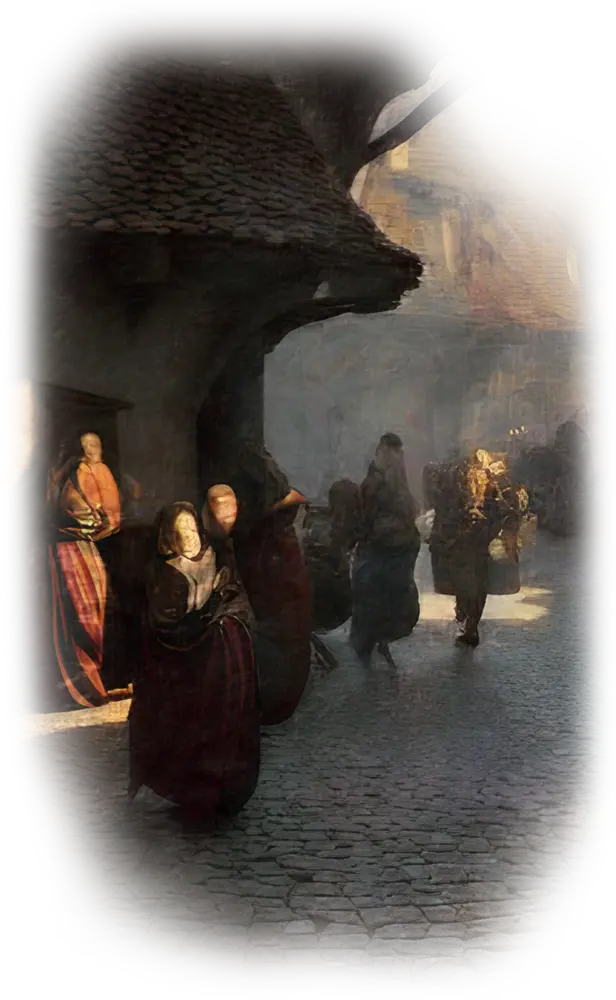
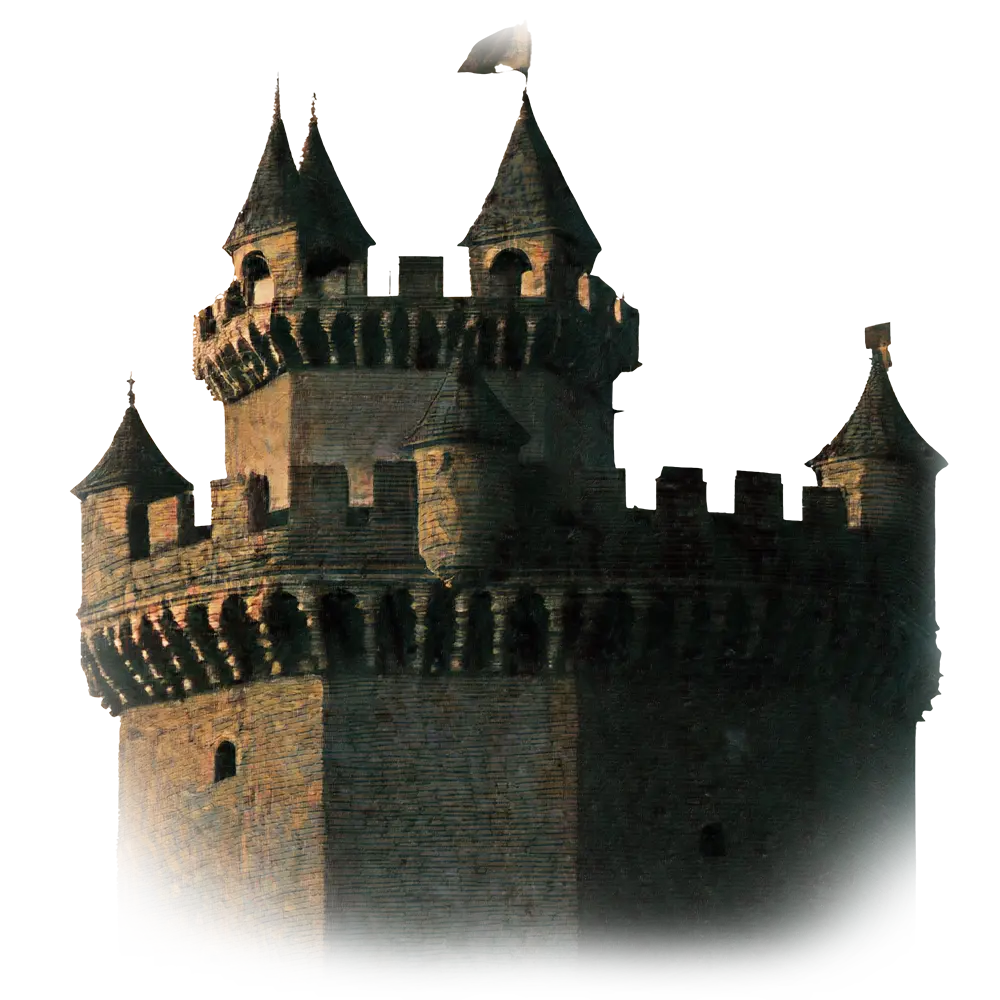
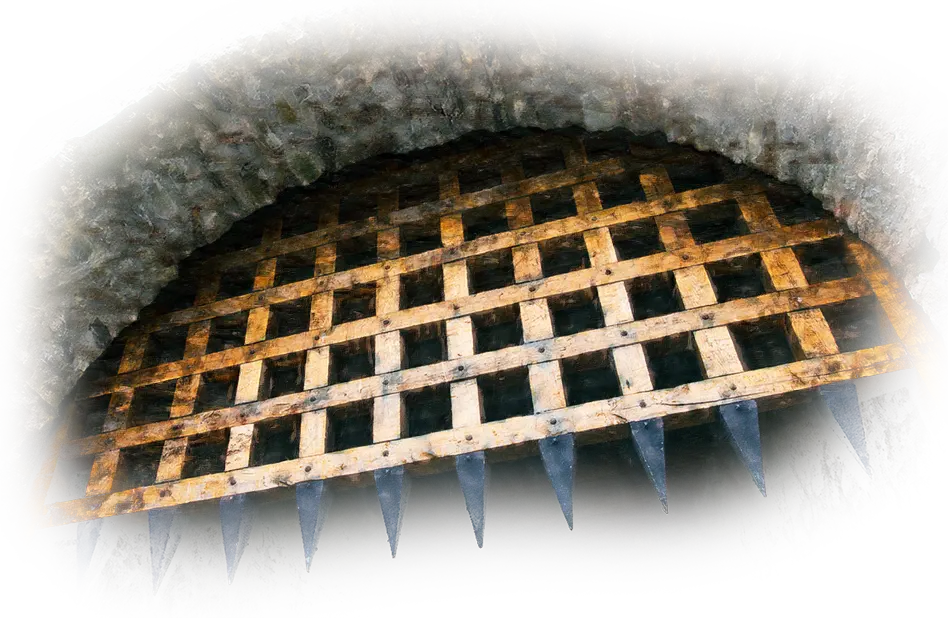
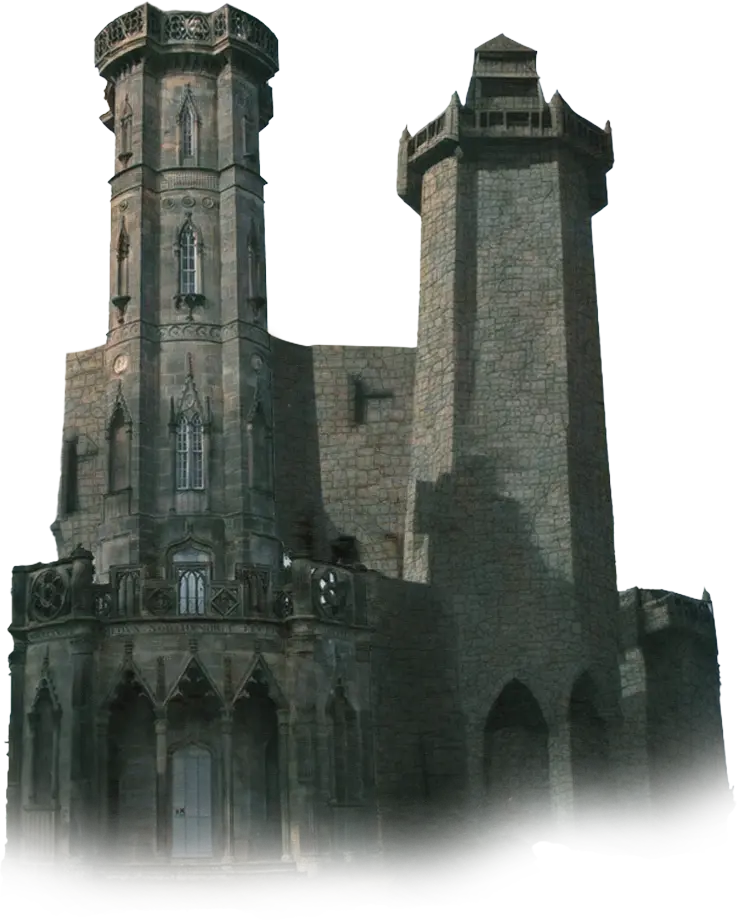



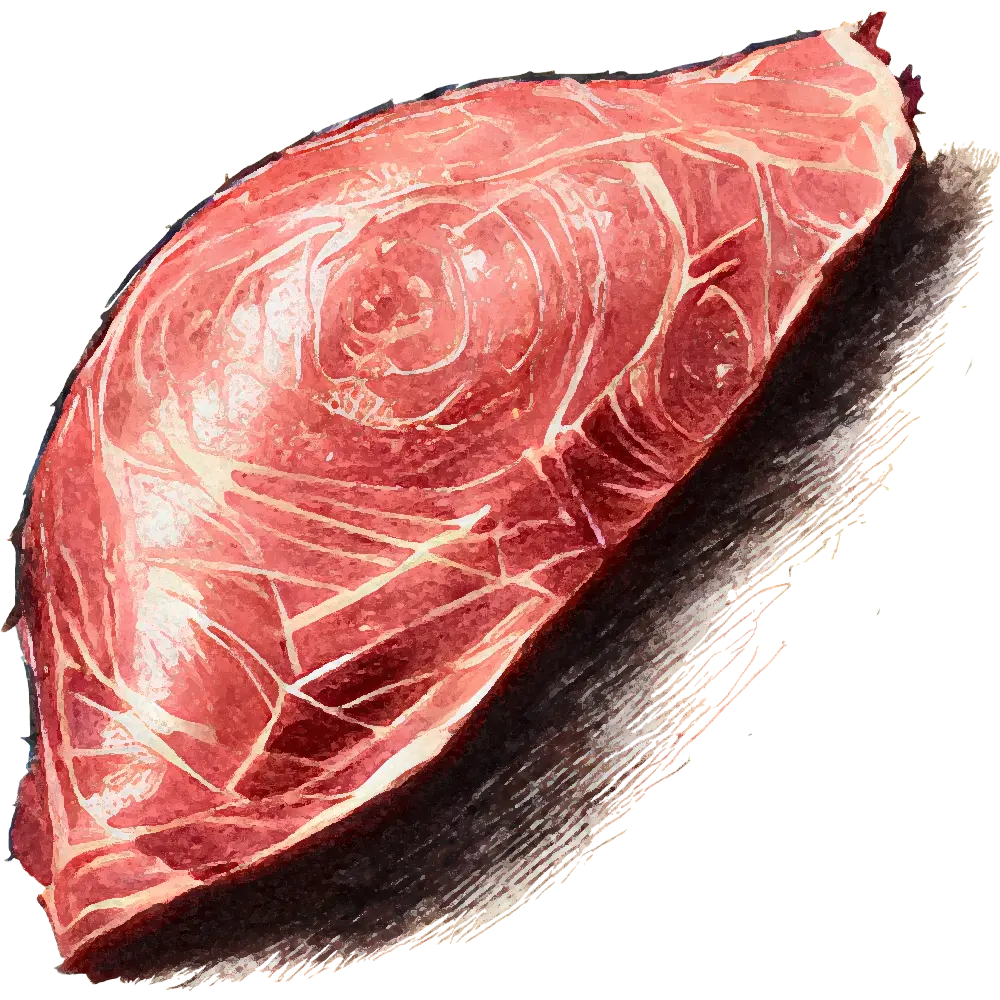


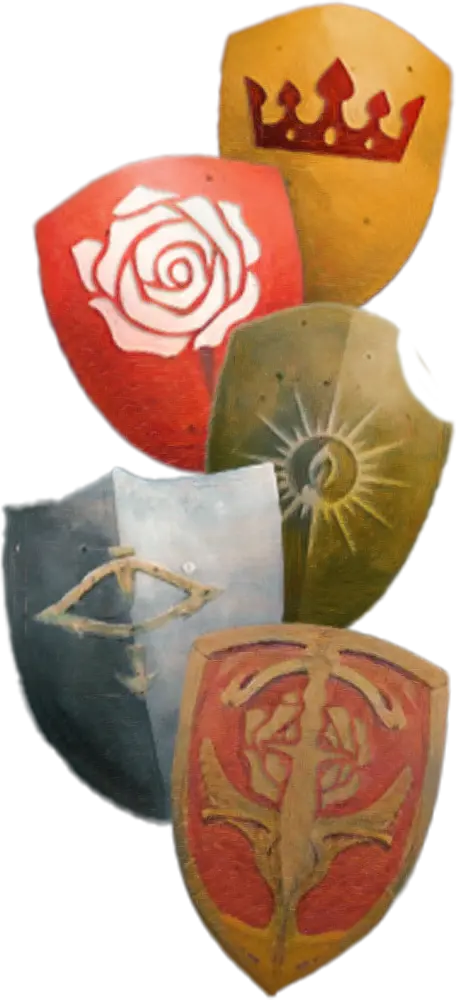

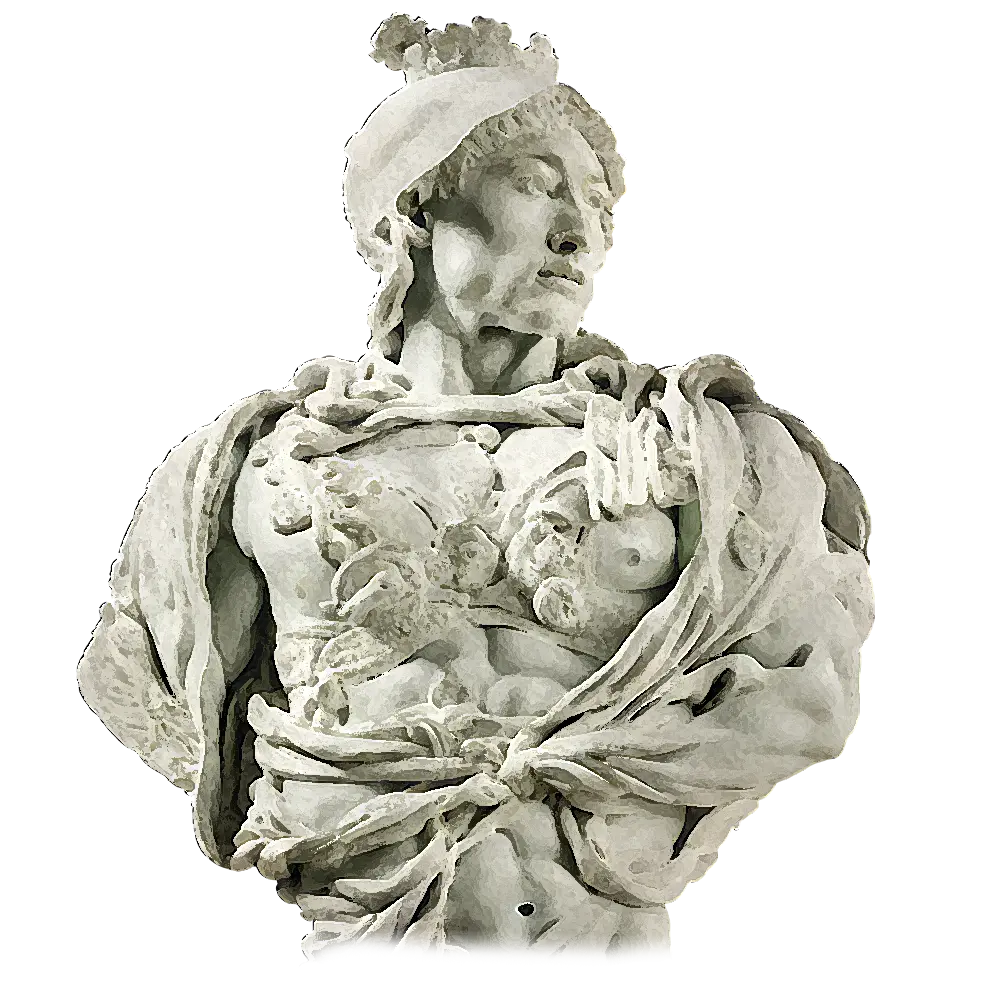

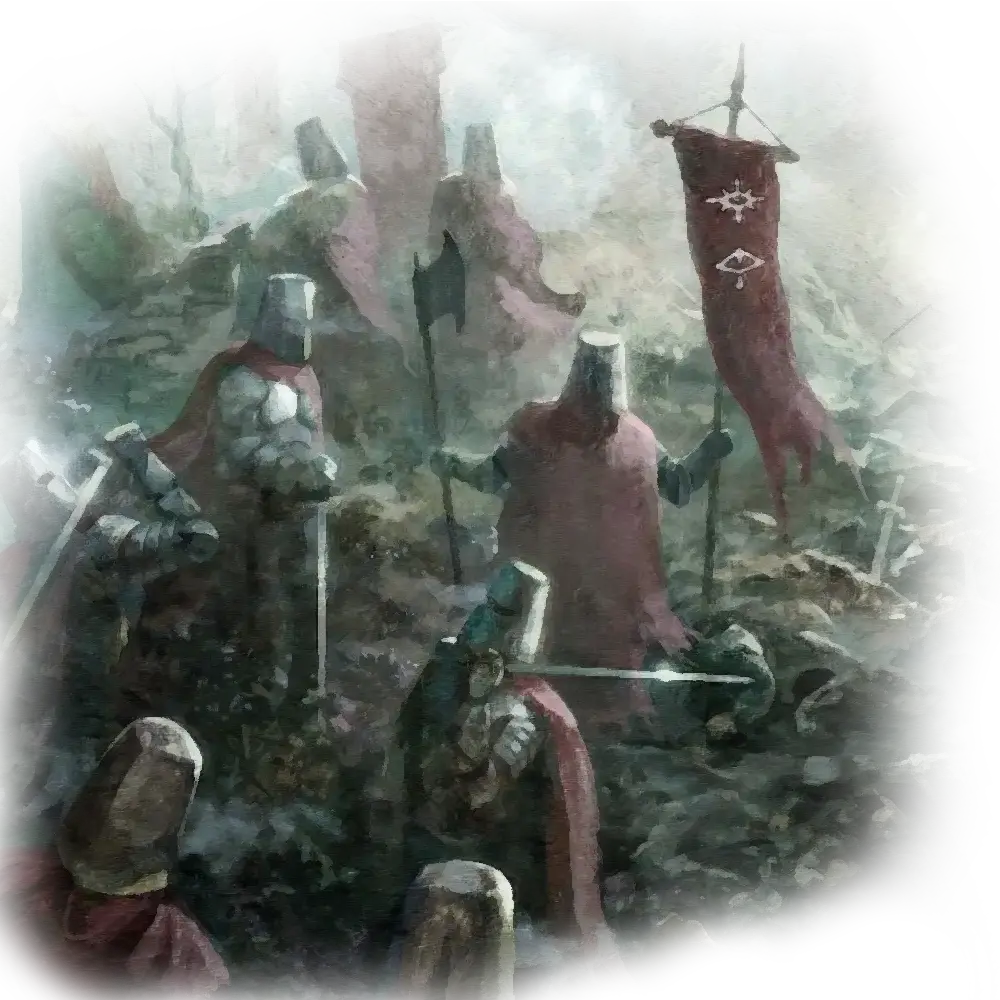




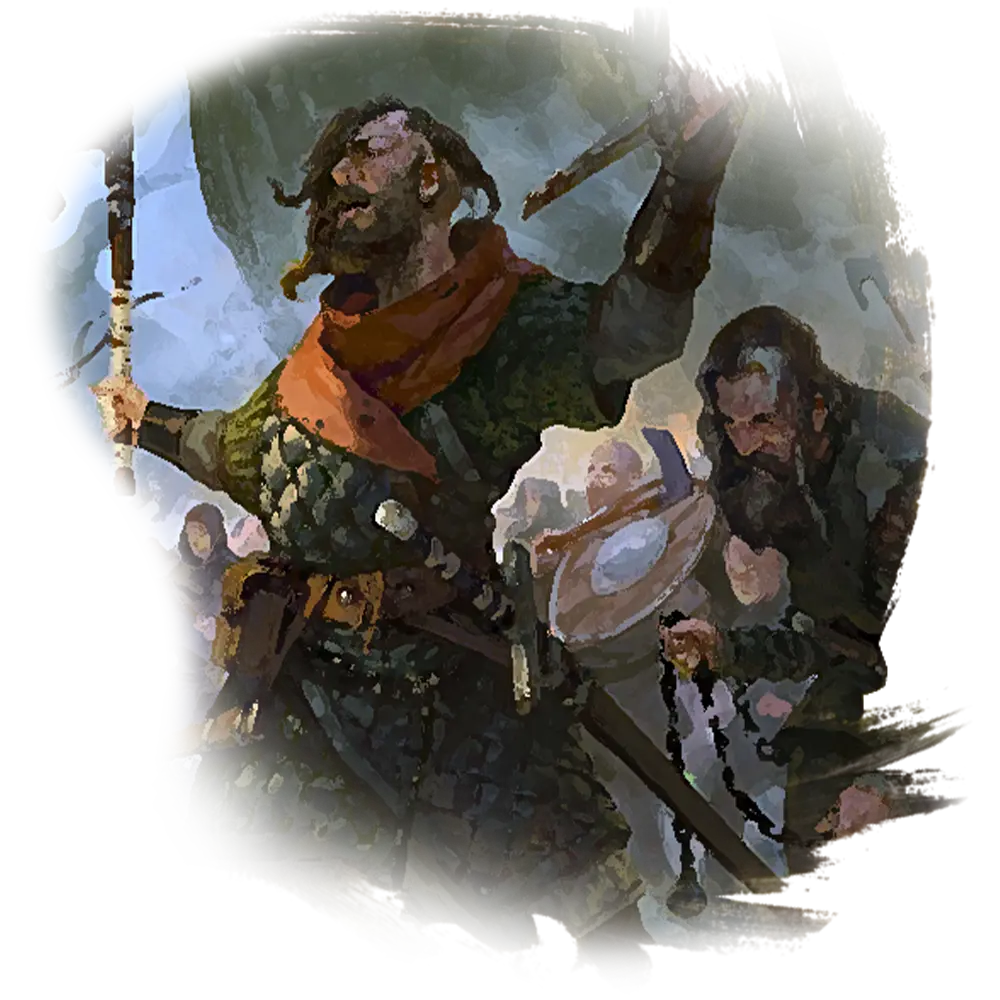

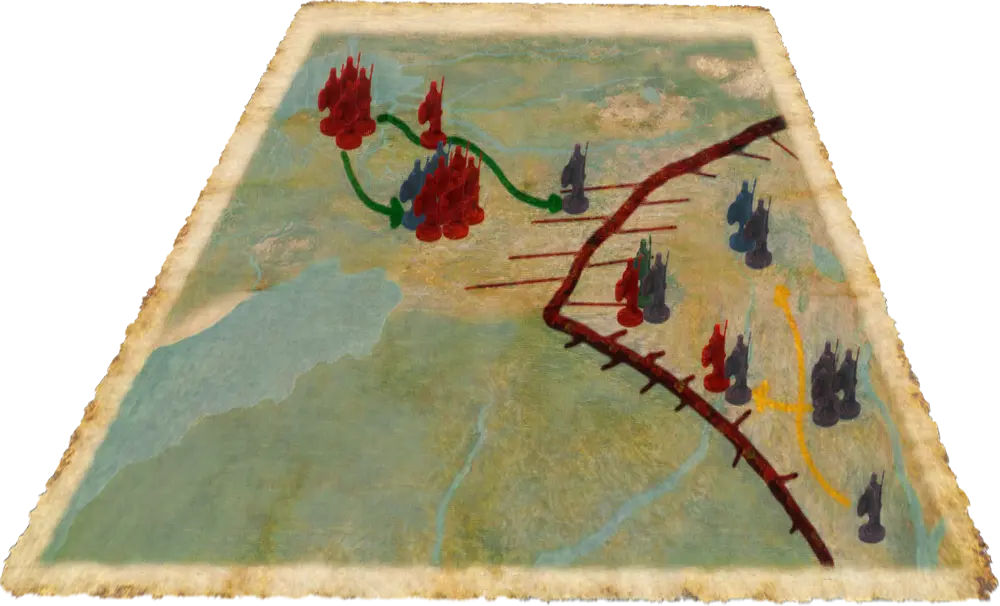
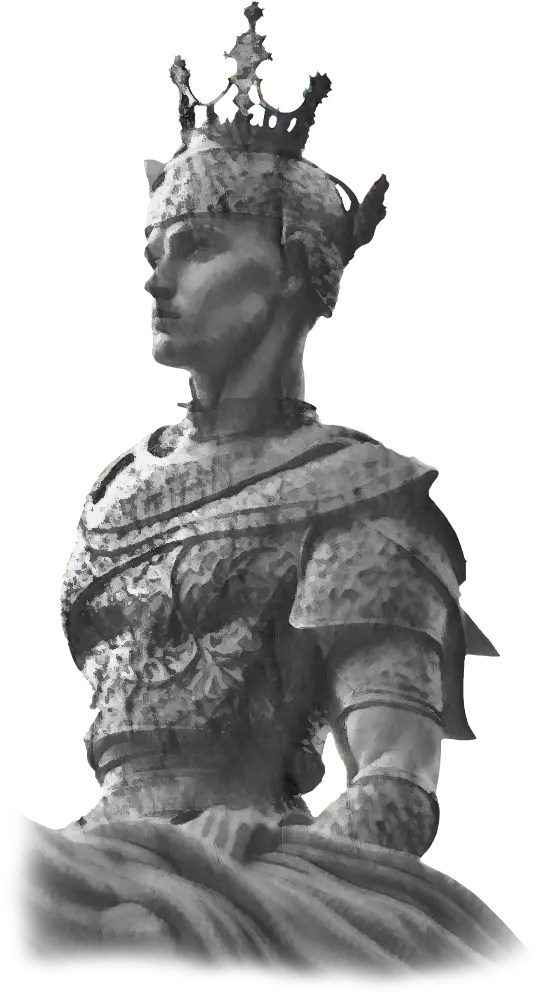



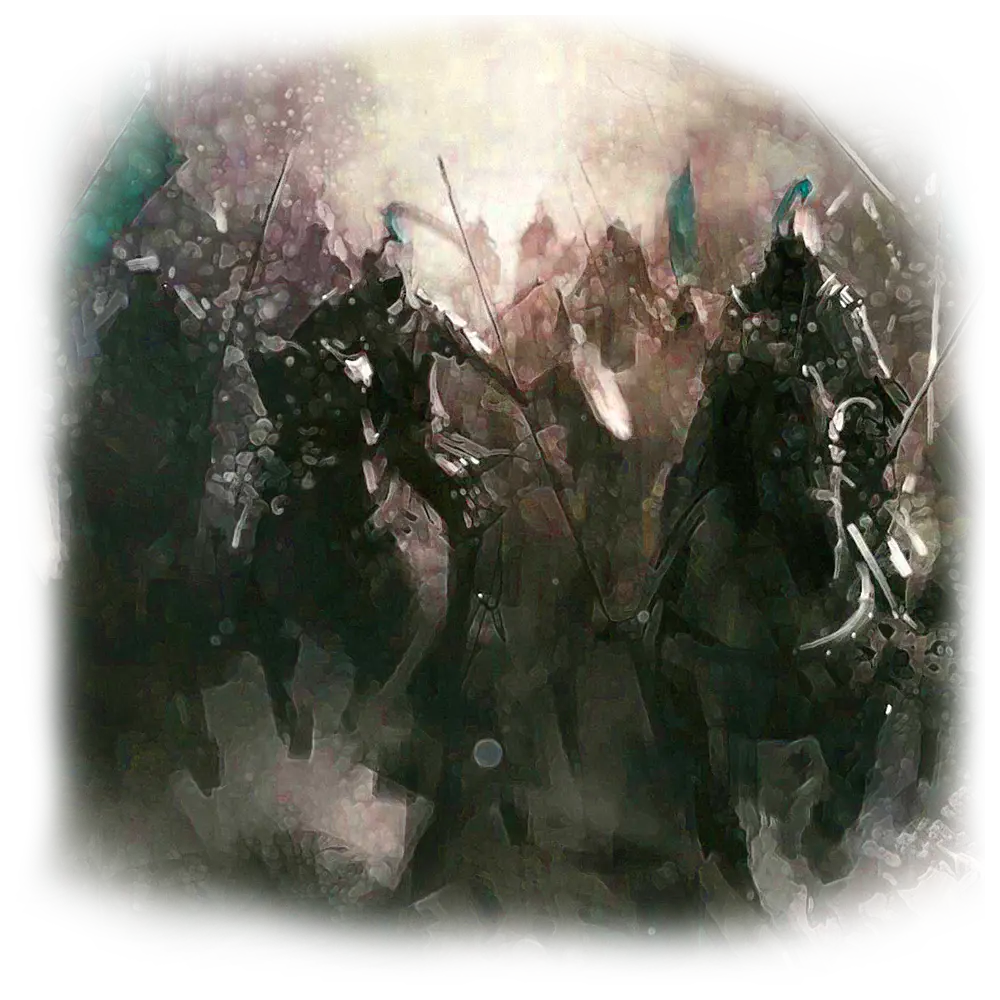

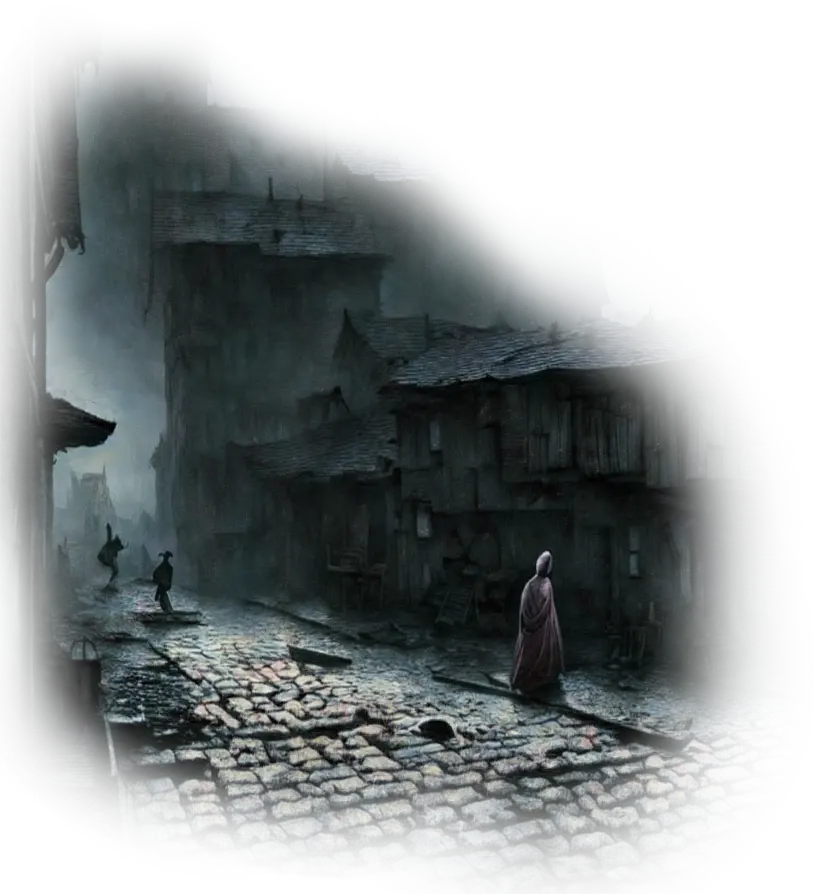


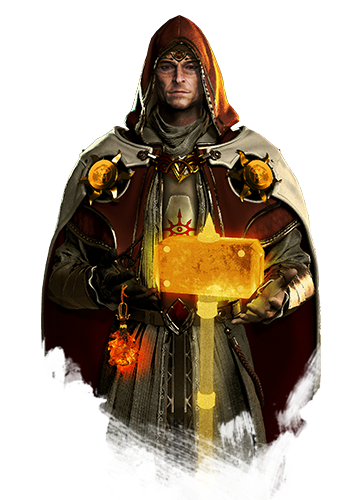





Love the use of photography to break up the text walls. Well done.